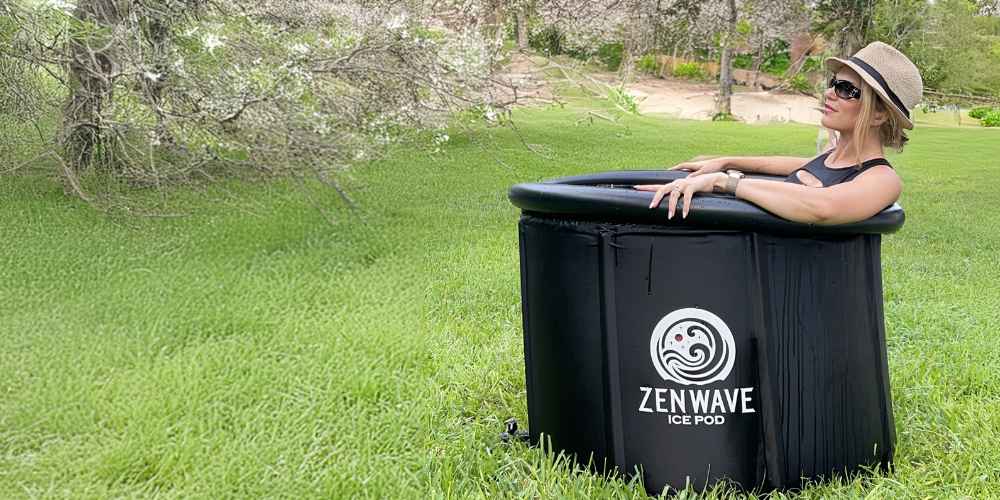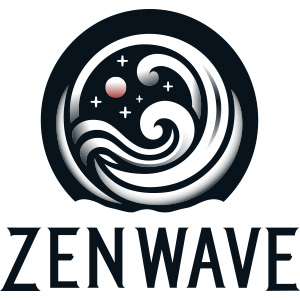This Ice Bath Calorie Calculator helps you estimate the number of calories burned during your cold exposure sessions. By considering factors such as your weight, water temperature, duration of immersion, body composition, and metabolism, it provides a personalized estimate of your caloric expenditure.
The calculator uses current research and a baseline of 390 calories burned per hour at 57°F (14°C) for a 150 lb (68 kg) person with average body composition and metabolism. It then adjusts this baseline according to your specific inputs, accounting for how these factors influence calorie burn in cold water.
Remember, while this tool provides a solid estimate, cold exposure affects everyone differently and can’t take into account individual adaptation to the cold.
Ice Bath Calorie Calculator
How Different Factors Affect Calorie Burn in Ice Baths
Body Weight and Size
When it comes to ice baths, smaller bodies tend to burn more calories relative to their weight. Here’s why:
- Surface Area to Body Mass: Smaller bodies have more surface area compared to their total mass. This means they lose heat faster, so their bodies work harder to stay warm.
- Heat Loss vs. Heat Production: While heat loss happens at the body’s surface, heat is produced throughout the body’s mass. Smaller bodies lose heat quicker than they can produce it, leading to more calorie burn.
- Metabolic Rate: Smaller individuals often have a higher metabolic rate for their size, which can increase calorie burn in cold conditions.
Remember, while lighter people might burn more calories per pound, larger individuals still burn more total calories due to their greater mass.
Body Composition
Your body composition plays a significant role in how many calories you burn during an ice bath:
- Brown Fat Activity: Cold exposure activates brown adipose tissue (BAT), or “brown fat,” which burns calories to generate heat.
- Lean Body Mass: People with less body fat tend to have more active brown fat. This can lead to greater calorie burn during cold exposure.
- Higher Body Fat: Those with more body fat might have less active brown fat, potentially reducing the calorie-burning effect of ice baths.
The amount and activity of brown fat can significantly influence how many calories you burn in cold water.
Water Temperature
The temperature of the water has a dramatic effect on calorie burn. A study on young adult men showed:
| Water Temperature | Metabolic Rate Increase |
|---|---|
| 89°F (32°C) | No significant increase |
| 68°F (20°C) | 93% increase |
| 57°F (14°C) | 350% increase |
Colder water clearly leads to more calorie burn as your body works harder to maintain its temperature. However, it’s important to note that there’s limited research on temperatures below 57°F (14°C).
Time Spent in the Ice Bath
The duration of your ice bath directly affects total calorie burn. This relationship is complex and involves several key factors:
- Cumulative Effect: Longer ice baths will burn more total calories, assuming other factors remain constant. As your body continually works to maintain its core temperature in a cold environment, it expends energy, leading to increased calorie burn over time.
- Adaptive Response: However, the rate of calorie burn might not stay the same throughout a long session. Your body may adapt over time. Initially, there’s often a spike in metabolic rate due to the cold shock response, but this can diminish as your body acclimates to the cold, potentially reducing the rate of calorie burn in longer sessions.
- Safety Considerations: It’s crucial to balance potential calorie burn with safety. Staying too long in very cold water can be dangerous. Extended exposure increases the risk of hypothermia and other cold-related injuries. Always adhere to recommended time limits and listen to your body’s signals.
Individual Metabolism
Your natural metabolic rate influences how many calories you burn in an ice bath:
- Calorie Burn: People with naturally higher metabolic rates may see a more significant increase in calorie burn.Those with average or lower metabolic rates will still experience increased calorie burn, but perhaps not as dramatically.
- Response to Cold: People with higher metabolic rates often respond more quickly and intensely to cold exposure. Their bodies may ramp up heat production more efficiently, leading to greater calorie burn.
- Thermogenesis Efficiency: Metabolism influences how efficiently your body generates heat (thermogenesis) in response to cold. A more efficient metabolism might lead to greater heat production and, consequently, more calories burned.
Remember, while ice baths can increase calorie burn, they’re not a substitute for a balanced diet and regular exercise. Cold exposure therapy should be viewed as a complementary practice to a healthy lifestyle, not a standalone solution for weight management or fitness.
Getting Started with Ice Baths: The ZenWave Ice Pod

For those ready to explore the benefits of cold therapy, the ZenWave Ice Pod offers a convenient and effective solution. This portable ice bath system brings the power of cold exposure directly to your home, making it easier than ever to incorporate this practice into your wellness routine.
The ZenWave Ice Pod is designed with user comfort in mind, comfortably accommodating one person for an optimal ice bath experience. Its portability allows for flexible use, whether indoors or outdoors, adapting to your lifestyle and space constraints.
To begin your ice bath journey with the ZenWave Ice Pod, start with shorter sessions at milder temperatures. Gradually increase the duration and decrease the water temperature as your body acclimates to the cold exposure. Always prioritize safety by adhering to recommended time limits and listening to your body’s signals.
Remember, while the ZenWave Ice Pod makes ice baths more accessible, it’s essential to approach cold therapy as part of a holistic wellness strategy.

